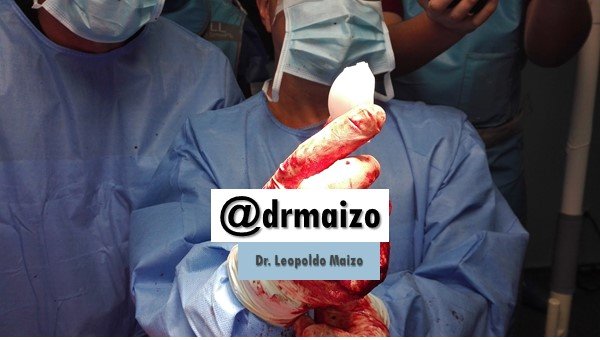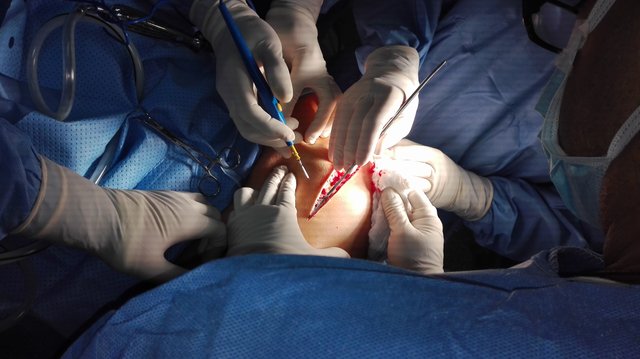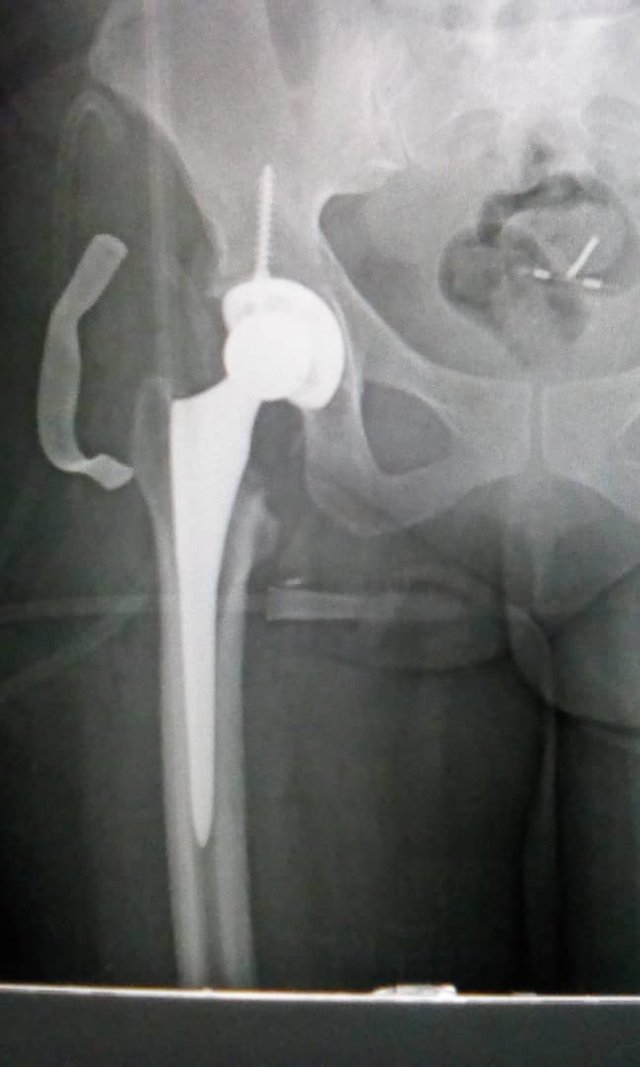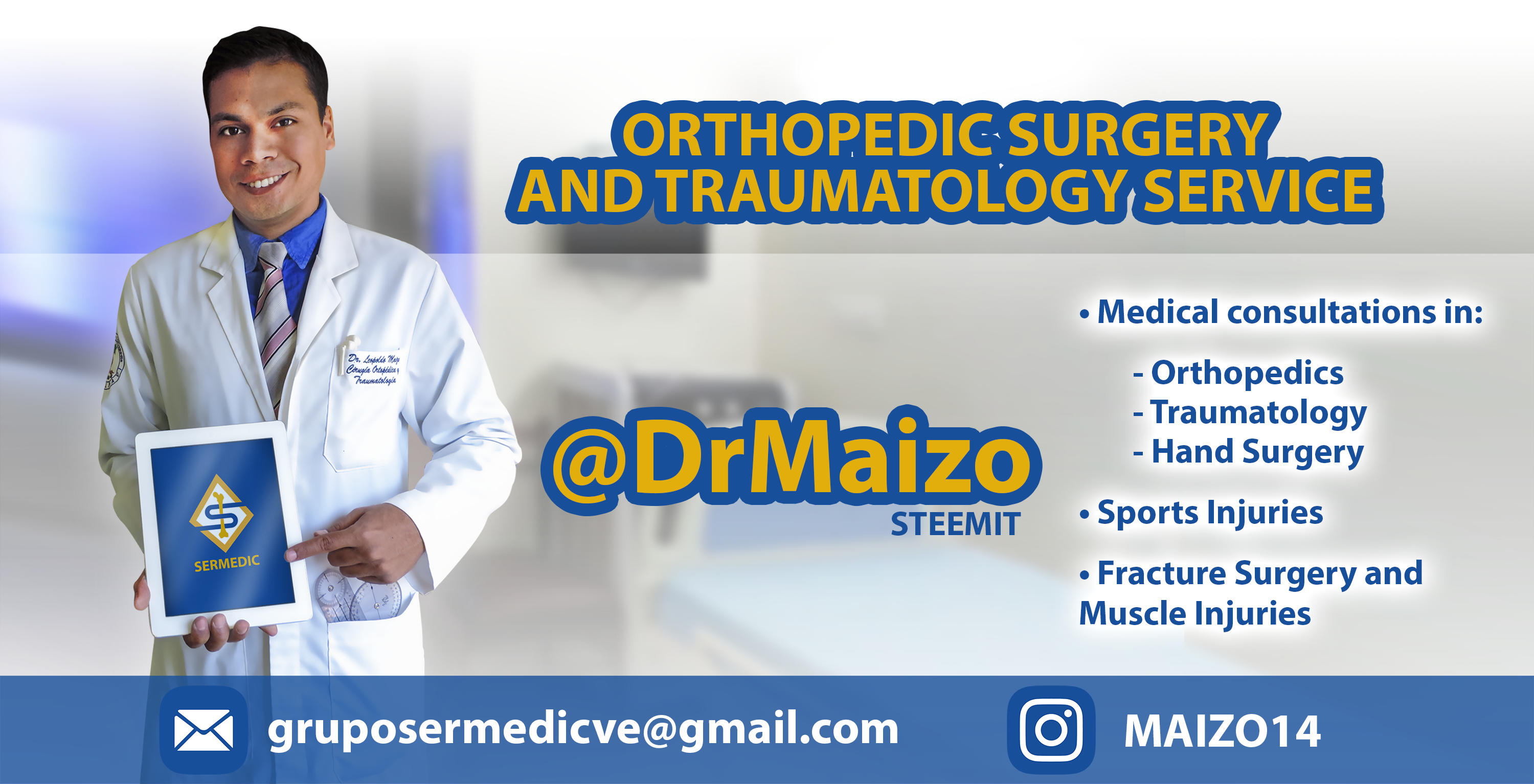Components of a hip prosthesis

Polyethylene
Modular designs in hip prostheses carry with them the risk of disassembly of some of their components in the postoperative period. The dislocation of the polyethylene nucleus, although sometimes referred to above, is still considered rare, attributed to inadequate orientation of the implants or accidents on the hip operated on.
Polyethylene wear is a problem that has been a concern since it was first used in joint replacement. There are numerous causes that influence its wear, intervening biological factors such as age, design factors of the components, as well as technical factors, which together with the above give rise to an alteration of the polyethylene more or less early.


Friction Torque
Both the stem and the cup are fixed to the bone, and this fixation will be responsible for a hip prosthesis lasting more or less time. Depending on the fixation of the stem or cup to the bone, prostheses are classified as cemented or uncemented.
Another important part of the prosthesis is the friction torque (components that are in contact during movement), which is classified according to the material: metal-polyethylene, ceramic-polyethylene, ceramic-ceramic, oxinium-polyethylene, metal-metal,... Currently, the most used total hip prosthesis is the non-cemented one with metal-polyethylene friction torque. The choice of the type of prosthesis and friction torque will depend on different factors such as age, medical history of the patient..... However, in any case, the surgeon's experience is essential in order to choose the most suitable one for each patient in this type of intervention.


The intervention of the century
Before the 1950s, the patient who developed hip arthrosis had very few therapeutic options; decrease daily activities and take analgesics indefinitely, so that their quality of life diminished drastically. In the 1950s, John Charnley introduced and popularized the use of cemented total hip prostheses in Orthopedic Surgery and Traumatology. This fact revolutionized the treatment of patients with osteoarthritis of the hip, since, with the placement of a hip prosthesis, the quality of life of these patients improved in both the short and long term.
In recent years, there have been very important changes in this type of surgery, due both to the evolution of hip prostheses (design, manufacturing material, friction torque ...) and the introduction of various surgical accesses to produce minimal damage to soft tissue. In spite of these advances, the essence of total hip prosthesis surgery has always been the same, to improve to the maximum the quality of life of patients.
Dr. Leopoldo Maizo - Orthopedic Surgeon


Firma diseñada por @themonkeyzuelans, contáctalos vía Discord "themonkeyzuelans#9087"
Great projects from the Steemit community:
- My Fundition campaign: https://fundition.io/#!/@drmaizo/6f88ggj8h



.png)